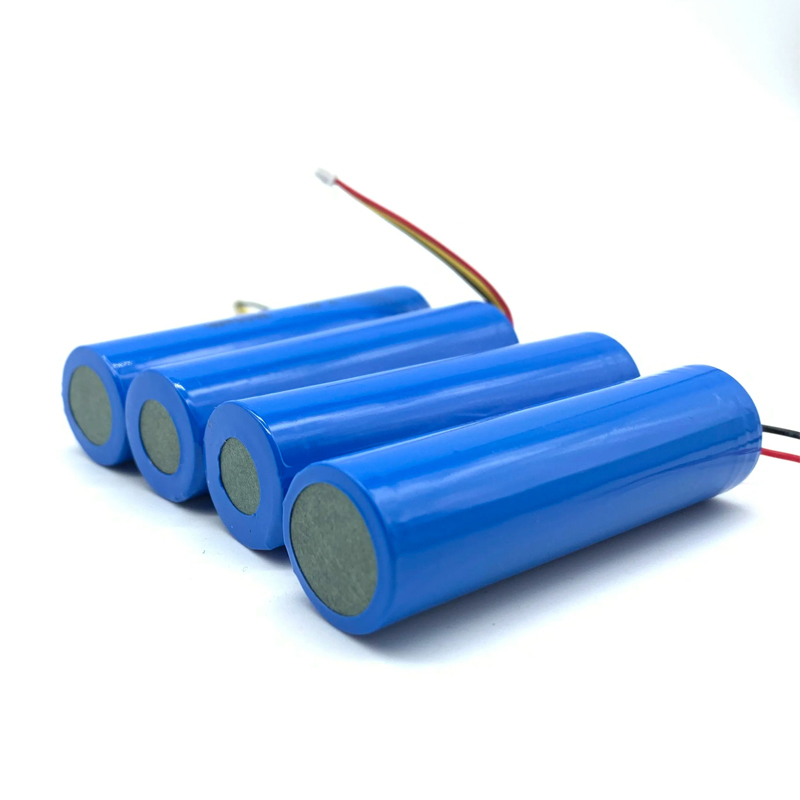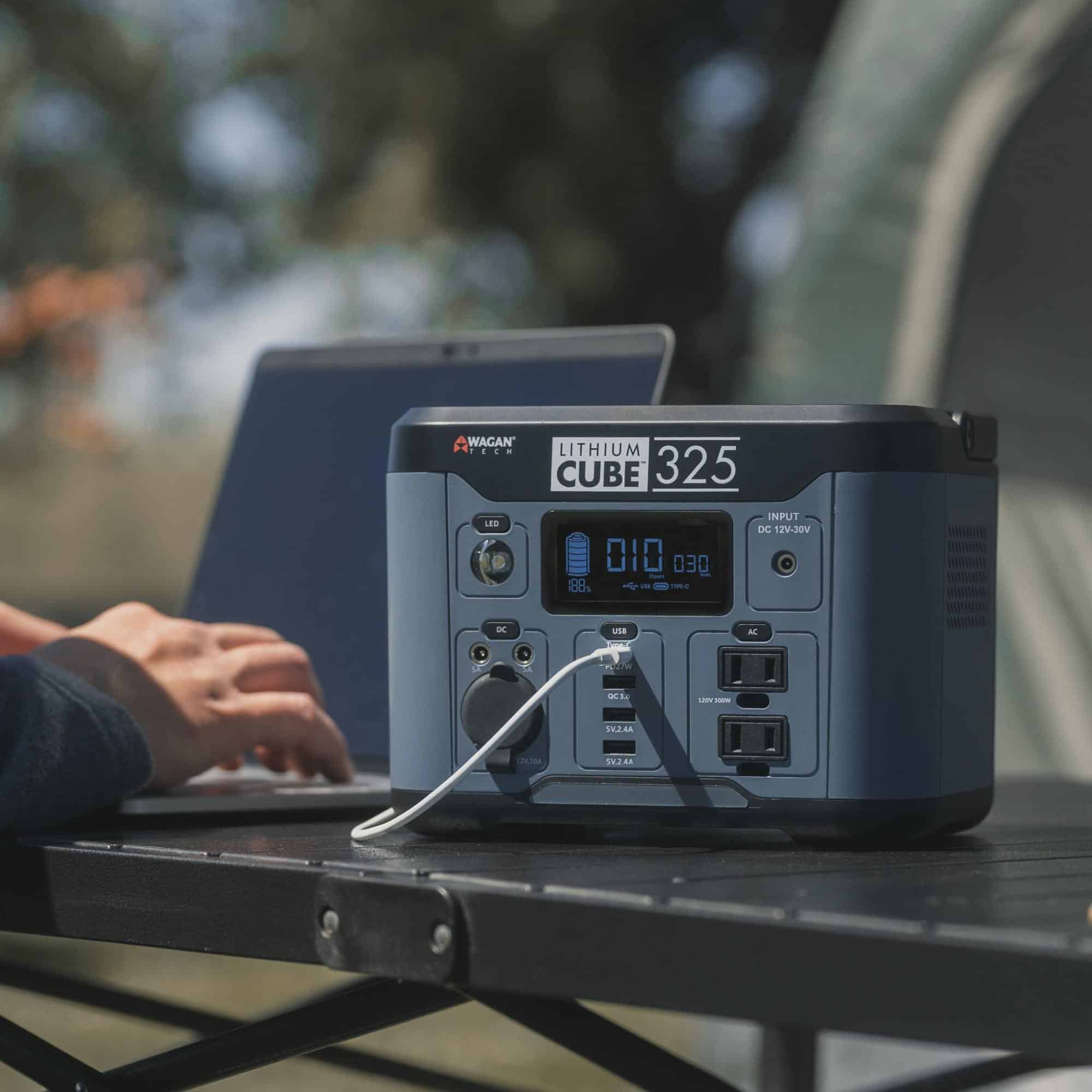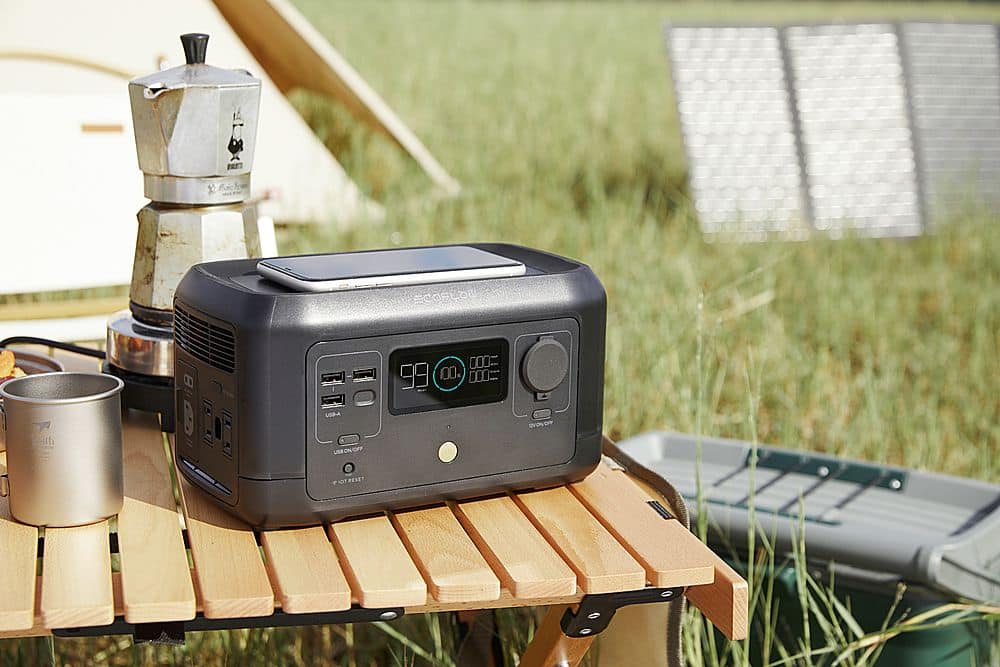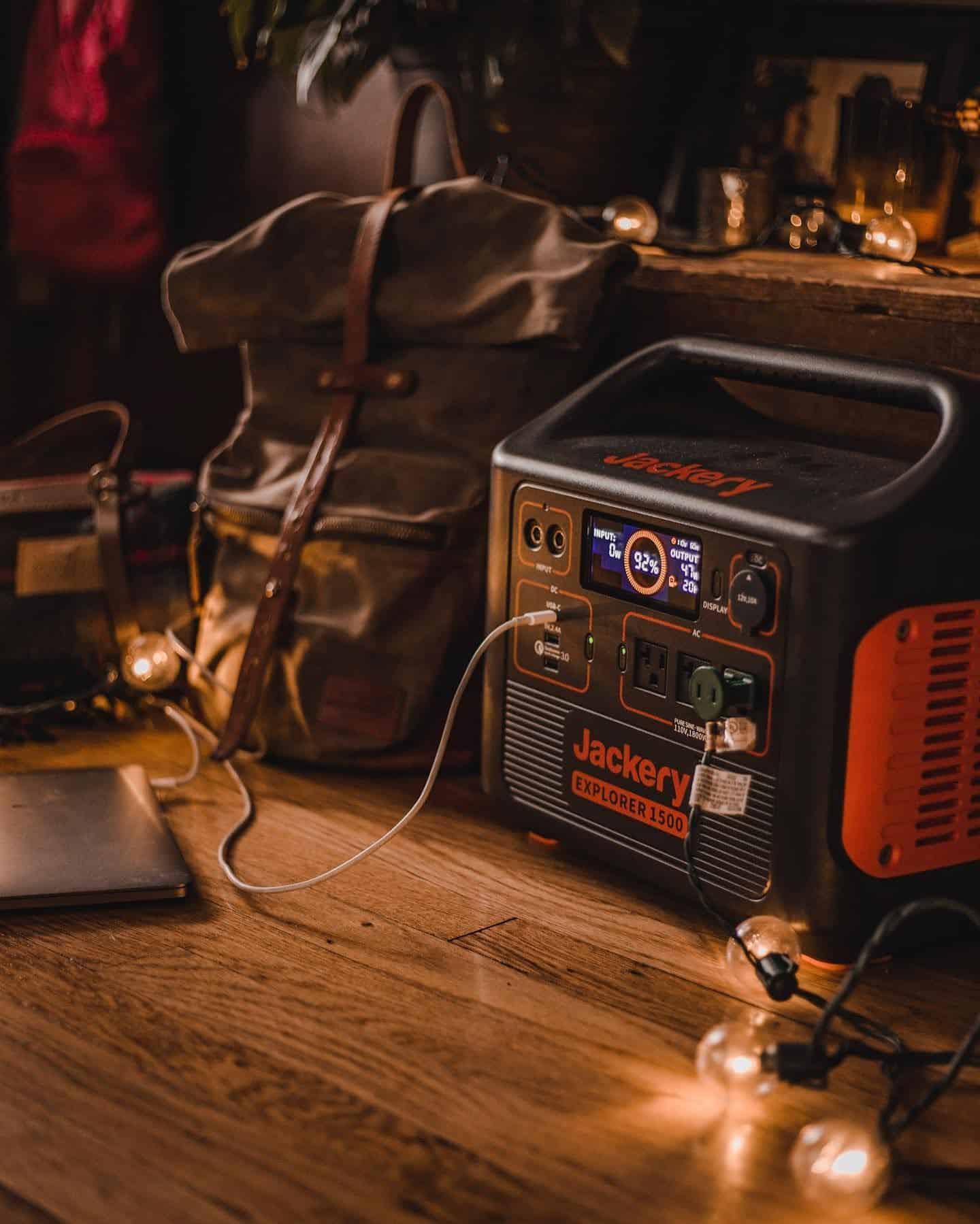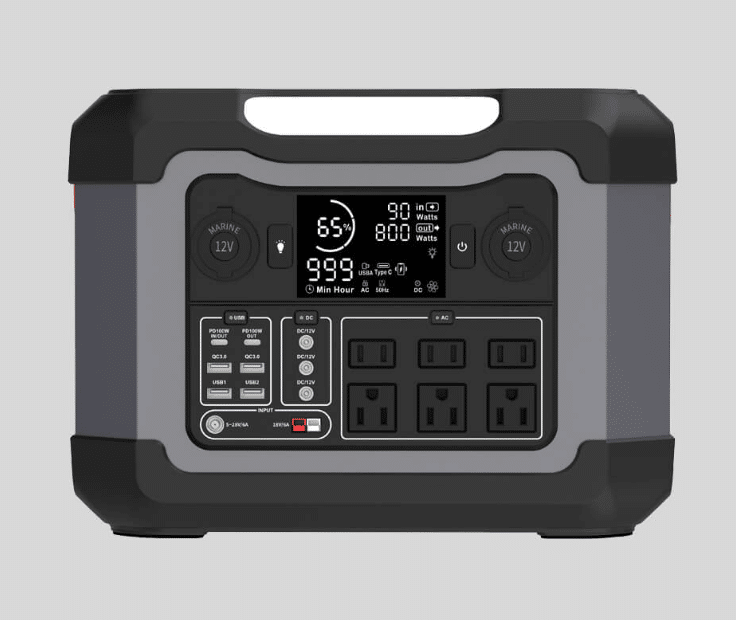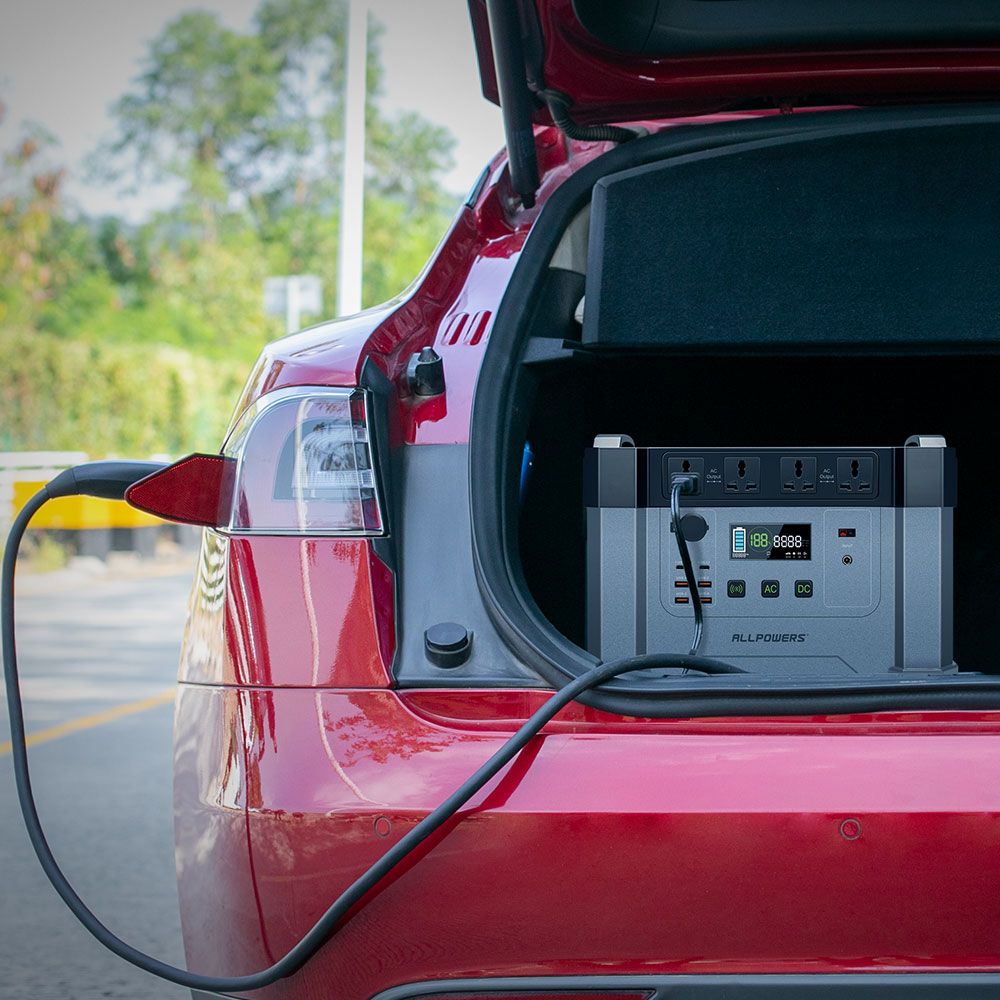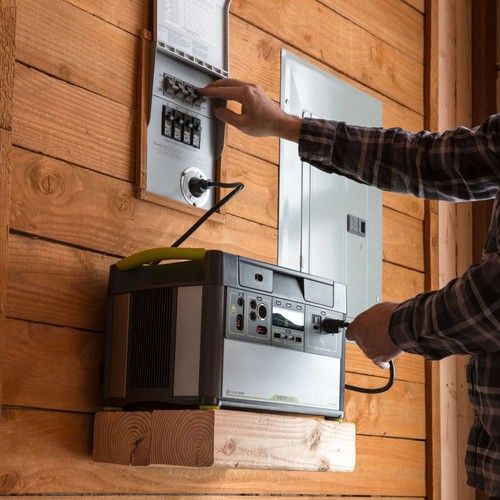Do you want to make your own lithium battery pack? Constructing a lithium battery pack provides the advantage of tailored battery capacity, voltage, and output that caters to unique requirements. Moreover, crafting a customized battery pack could result in cost-effective solutions compared to purchasing ready-made ones and could enhance the device’s overall efficiency and performance. It can be possible but considering the costs, the difficulty of building, and most of all your safety, you might want to think twice. If you’re planning on lithium-ion battery pack making, read on for more details in our posts.
What Is a Lithium Battery?
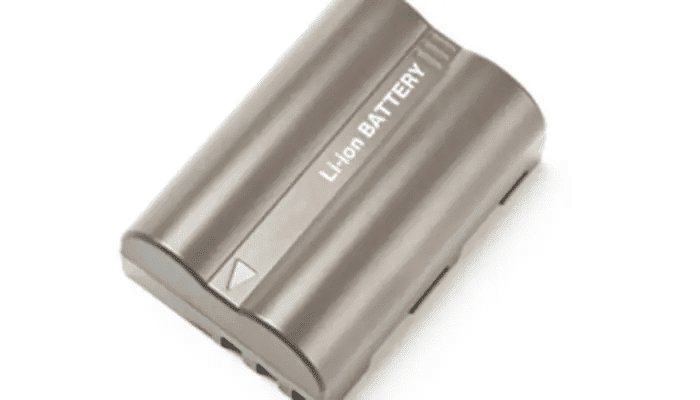
Image source: How Stuff Works
A lithium-ion battery, often known as a Li-ion battery, is a rechargeable battery that stores energy by the reversible reduction of lithium ions. They come in different looks, prismatic (square or rectangle) and cylindrical (looks like AA batteries).
What are lithium batteries made of?
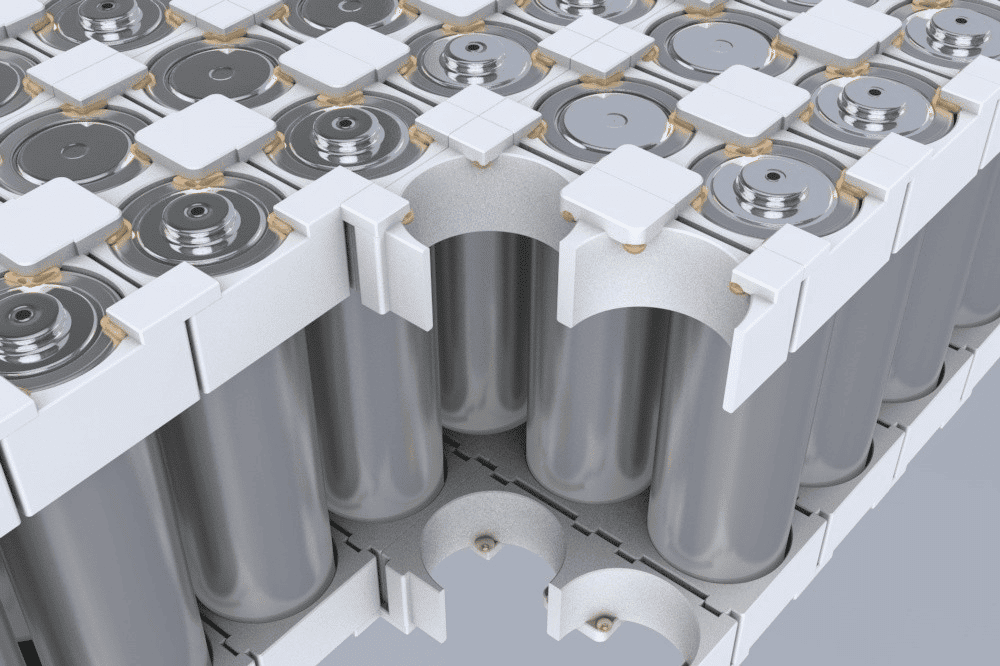
Image Source: Covestro AG
When you look inside it, its composition includes cathode, anode, electrodes that are made of lithium and carbon. The atomic bonds of lithium can store a lot of energy because it is a highly reactive element, hence, making high energy density.
A lithium battery pack is an assembly of lithium-ion battery cells that are linked together to enhance voltage, capacity, and energy output. These packs have a wide range of applications in portable devices, electric vehicles, and renewable energy systems.
Moreover, Li-ion battery is widely used in laptops, cellphones, and solar panel systems. It lasts longer than other types of battery, ranging from two to three years depending on proper care.
Why Use Lithium Battery Pack?
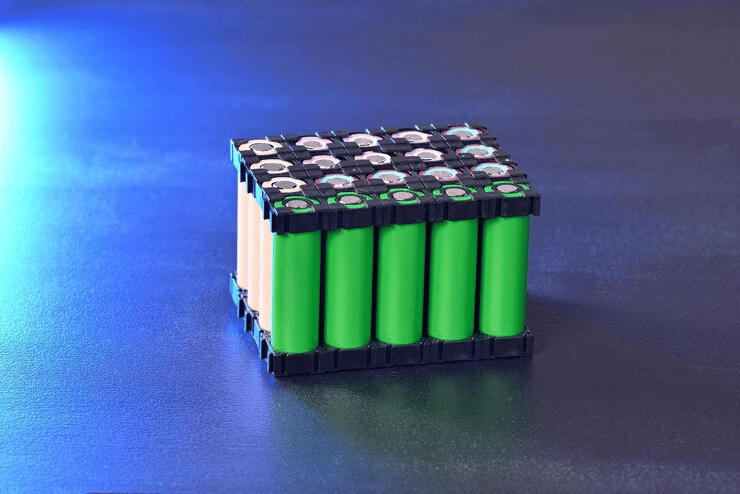
Image source: Freepik
The lithium battery pack consists of battery cells that vary in battery reserve capacity but have fixed charge voltage. But when they’re fully charged, cells like NiCad/NiMH have fixed voltage of 1.2 volts up to 1.4 volts, lead acid from 2.0 volts to 2.1 volts, while lithium has 3.6 volts to 4.2 volts.
With regards to their benefits, Li-ion battery can store more energy than the other two, NiMH (nickel-metal hydride) and lead-acid batteries. Its compact but powerful feature helps us use it for a long time.
- Lithium – stores electricity with 150 watt-hours/kg of battery
- NiMH – stores 60-100 watt-hours/kg of battery
- Lead-acid – stores 25 watt-hours/kg of battery
Can you make your own lithium-ion battery?
Yes, you may. BUT watch out for possible dangers it may cause you for not having the proper testing tools and mismatched materials that can result to fire or accidents.
Some of the raw materials and chemicals in making lithium batteries are:
- Lithium
- Lithium Cobalt
- Nickel
- Manganese
- Graphite
The common types of this kind of battery are as follows:
Some may want to DIY to get cheaper costs for their projects like bikes or other motors. However, you may not have the expertise and gear to perform what manufacturers do in building Li-ion batteries.
What is the process of building a battery pack? Well it is not an easy task
10 Steps in Building a Lithium Battery Pack
To get an idea, here’s how to build a battery pack.
- Determine Battery Needs
- Test all the cells’ voltages and make sure they all have the same reading to prevent damage.
- Using a BMS board, line up the 15 cells over it – five cells positive up, five cells negative up, then five cells positive up.
- Connect the five cells together with the nickel strip, with 10mm excess for BMS connection.
- Spot-weld each nickel strip by pressing it over the battery terminal and then press the switch.
- Connect the BMS by doing spot-weld to the nickel strips. Connect the B- to the first parallel cells’negative terminal while the positive terminal is to B1. the next line will be megative terminal to B2, and positive terminal to B+.
- For better setup and ensured safety, cover the nickel strips with a battery enclosure.
- Connect the wires. Start off by soldering the red wire and DC jack to BMS P+, then the BMS P- to the negative wires and battery level indicator.
- Secure the connected wires by using hot glue and screws to keep the batteries in place.
- It is now ready for charging. Use a 12.6 DC adapter to do so.
Note that if you are a first-time builder, this comprehensive process may not be suitable for you.
Furthermore, the risk of fire may result from an inexperienced application. Cautions must be taken seriously as the adverse effect of a lithium fire isn’t easy to suppress.
Is It Cheaper to Build Your Own Lithium Ion Battery?
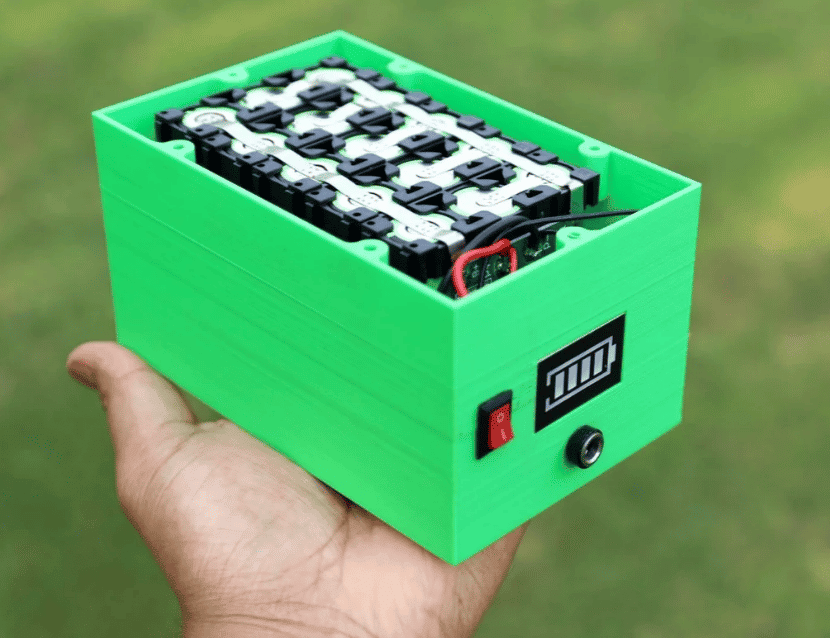
Image source: Instructables
Tools and Materials Needed for Building a Lithium Battery Pack
18650, derived the name from 18mm width and 65mm length of the battery, is a rechargeable li-ion battery. You will need these tools to build it:
- Wire stripper
- 18650 battery cells
- testers
- nickel strips
- spot welder
- soldering iron kit
- insulator rings
- gloves & safety glasses
- heat gun
- BMS
The amount of the 18650 cell ranges from $2 to $10 and with the list above, you can calculate the prices by searching online, like in Amazon
Make Your Own NiMH Battery Pack
A nickel metal hydride rechargeable battery is also called a NiMH battery. Compared to NiCad batteries, it is safer and has a better energy density. In terms of the cost of producing a battery pack, NiMH is less than 50% of a lithium battery.
What you’ll need in making this are:
- NiMH battery cells (1.2 Volts each)
- Heat shrink tubing
- Heavy 13 gauge wire
- Blow dryer
- Voltmeter
- Spot welder
Build Your Own Lifepo4 Battery Pack
One of the most popular forms and the safest of lithium-ion rechargeable batteries is LiFePO4 or lithium iron phosphate. The price of a Lifepo4 battery are often more costly up front but less expensive over time.
Tools and Materials Needed for Building Your Own Lifepo4 Battery Pack
To build a lifepo4 battery, you’ll need:
- LiFePO4 cells
- BMS
- Double Stick Tape
- 4 wire voltage / internal resistance meter YR 1035+
- Bench Power Supply
- Copper bus bar & Cables
- Stainless nuts, washers, studs
- Clamp on DC amp meter
- Fuses
- Breakers
- Switches
- Plastic cutting boards
- MPPT chargers
Building EV Battery Pack
Electric vehicle batteries (EV batteries) are large batteries designed to power the total range of the vehicle. Now, to make an EV battery pack, you need lithium-ion battery packs to power it up. Still, remember that if you aren’t a pro or an expert in doing so, this may not be suitable for you.
Depending on the required power, required range, and the vehicle’s space constraints, the number of batteries required for an electric vehicle conversion will vary. The price of an EV battery is expensive and may cost thousands of dollars.
Building Lithium Ion Battery Pack: Cautions and Dangers
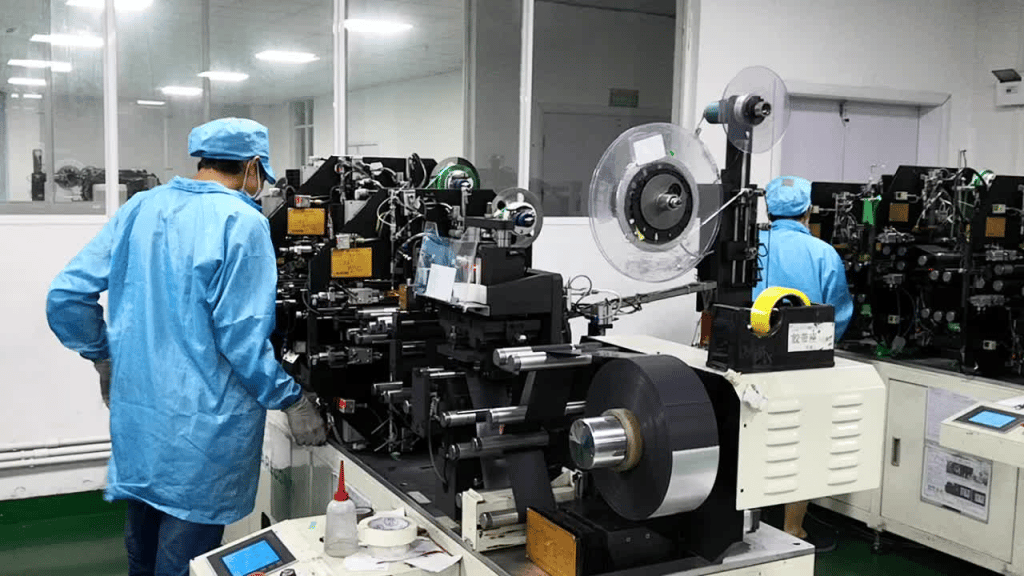
Image source: Alibaba
DIY Lithium Ion Battery Pack Means No Quality Control
Building your own lithium battery pack may help you save money, but what about the reliability of that product? Are you sure you have tested it enough to know that it passed high quality standards that most lithium ion battery brands and manufacturers do?
Aside from assuring safety and high quality, their certifications attest to the process flow of careful building of these battery packs to ensure you got the best. These manufacturers use only high caliber machines to produce these batteries for the global market. Hence, the seals are one of the proofs that they pass rigorous tests for quality assurance.
Custom Build Lithium Ion Battery Pack Needs Required Battery Specifications and Cell
Building lithium-ion battery packs may require you to be well-versed in the battery specs and cells that would go and match to power up the pack. Imagine if you have mismatched them, what might happen? That could be a potential fire accident from an outburst or explosion.
The tools and equipment you might purchase may not be that reliable because you are after ‘saving costs’, the reason why you want to DIY. In your attempt to save costs, things might actually lead to risks, incurring more spending in the end.
Lithium Ion Battery Pack Making Cannot Leave Battery Management System
Every lithium-ion battery pack must have BMS or Battery Management System. It works to safeguard the battery from resulting risks and manages the operation of the batteries. In addition, it protects them from overcharging and over-discharging.
What makes it more reassuring is when it senses unsafe conditions, it automatically shuts down to keep the batteries safe, as well as the owner. If you are going to make your own pack, how sure are you about the quality of the BMS you’ll purchase?
Again, it still boils down to no assurance of the successful building of this li-ion battery pack. Expertise and the right equipment to install BMS is done in a professional setting, such as the manufacturers of this product.
Lithium-Ion Battery Fires Are Not Kidding
Being caught in a fire accident is no joke and it’s a lot different when lithium-ion batteries explode. They are not like other things that you can extinguish with typical fire suppressants as they are very hard to stop.
It can also result to fire spreading once a single cell flame starts, also known as thermal runaway. Added to this is you can’t just suppress the fire with water as lithium usually reacts to it. What’s worse is the aftermath of the fire. It releases toxic gases into the place, making it risky for all.
Take a Glance at the Lithium-Ion Battery Pack Manufacturing Process
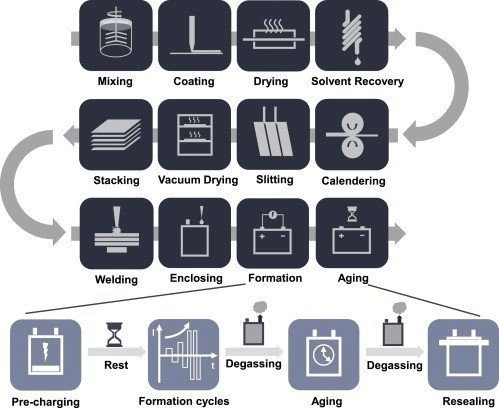
Image source: ETN
How are battery packs manufactured inside an assembly line of every manufacturing company is a big factor you may want to consider. Look at the process flow that they implement. That’s just how rigorous and careful they assemble each product to ensure the people or businesses get the high quality that they paid for.
Each battery pack undergoes critical design and structure by their professional team and improves them over time. Some of the assembly machines they use do the following processes:
- Mixing
- Coating
- Slitting
- Filling
- Welding
- Crimping
- Testing
- Sorting
Custom-Built Lithium Battery Pack From Factory VS Build Your Own Lithium Battery Pack: Professional Wins
Building a lithium battery pack can be a rewarding experience if done properly. It is important to follow all safety guidelines and use the proper tools and materials. While there are certain limitations to building your own battery pack, the benefits can be significant. As lithium battery technology continues to evolve, there may be even more opportunities for DIY battery builders in the future.
With all the listed risks and disadvantages of DIY battery packs against factory-made ones, you already have an idea of how crucial it is to choose the latter. Considering the cost, safety, and overall operation, isn’t it more practical to purchase a custom-built battery pack? The warranty it provides is another advantage you can never have in your own built setup.
Need a Custom-Made Lithium Battery Pack?
Sunlypower.com is a certified custom lithium-ion battery pack manufacturer that offers OEM battery service that is unique for every individual and business need. Take advantage of our high-quality lithium-ion battery packs, assembled and tested in a strict setting. Call us today!

